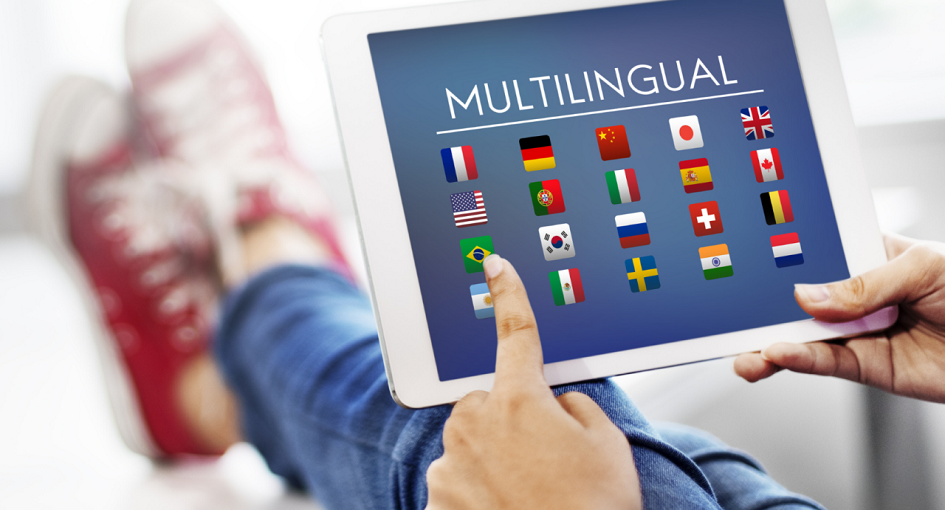
In today’s interconnected world, expanding your online presence across borders is essential for reaching a global audience. Multilingual SEO, a combination of translation and marketing strategies, plays a pivotal role in achieving international success. This comprehensive guide will walk you through the key aspects of multilingual SEO, from translation best practices to international marketing techniques, ensuring that your website ranks high and resonates with diverse audiences worldwide.
Before diving into the strategies, it’s crucial to understand why multilingual SEO matters:
Global Reach: Multilingual search engine optimization allows you to tap into new markets, reaching potential customers who prefer searching in their native language.
Competitive Advantage: Many businesses overlook non-English markets. By optimizing for multiple languages, you can gain a competitive edge.
Enhanced User Experience: Providing content in users’ preferred languages enhances their experience, leading to longer site visits and increased conversions.
Keyword research is the cornerstone of any SEO strategy, and it becomes even more critical in multilingual search engine optimization. Here’s what you need to consider:
Language Variations: Different languages may have varying keyword nuances. Use keyword research tools that support multiple languages to uncover the most relevant terms.
Localized Keywords: Think about regional differences within a language. For instance, Spanish keywords for Spain may differ from those in Latin America.
Competitor Analysis: Analyze competitors in your target markets to understand their keyword strategies.
Accurate translation is the backbone of multilingual search engine optimization. Poor translations can harm your brand’s reputation and SEO efforts. Consider these tips:
Professional Translators: Use professional translators who are native speakers of the target language. Machine translation tools may lead to inaccuracies.
Cultural Sensitivity: Pay attention to cultural nuances. What works in one language and culture may not be suitable for another.
Keyword Integration: Ensure that translated content incorporates relevant keywords naturally. Avoid keyword stuffing.
The structure of your website plays a crucial role in multilingual search engine optimization:
Subdomains or Subdirectories: Choose between subdomains (es.example.com) or subdirectories (example.com/es/) for language-specific pages. Subdirectories are often more SEO-friendly.
Hreflang Tags: Implement hreflang tags to indicate the language and region targeting of each page. This helps search engines deliver the correct version to users.
Language Selector: Include a user-friendly language selector on your website, allowing users to switch between languages easily.
Technical aspects are vital for successful multilingual search engine optimization:
Hosting: Consider hosting your website in the target country for faster load times and improved SEO.
Content Delivery Networks (CDNs): CDNs can enhance website speed for international users.
Mobile Optimization: Ensure mobile-friendliness, as mobile devices are prevalent globally.
Link building remains a cornerstone of SEO. Adapt your link-building strategy for international markets:
Local Backlinks: Acquire backlinks from reputable local websites in your target countries.
Guest Blogging: Collaborate with international bloggers and websites to build a diverse backlink profile.
Engage with international audiences through social media and content:
Localized Content: Tailor your content to suit the cultural preferences and interests of each target market.
Social Media Platforms: Use local social media platforms in addition to global ones. Understand which platforms are popular in each market.
Track your multilingual search engine optimization efforts to assess performance:
Analytics: Use tools like Google Analytics to monitor traffic, conversions, and user behavior in different languages.
Ranking Reports: Regularly check keyword rankings in each language to gauge your SEO performance.
Feedback: Gather feedback from international users to make continuous improvements.
Content localization goes beyond translation. It involves adapting your content to suit the cultural preferences, beliefs, and behaviors of your target audience in different regions. Here’s how to do it effectively:
Cultural Research: Invest time in understanding the local culture, values, and customs of your target audience. This will help you create content that resonates with them.
Localized Imagery: Use images and visuals that are relatable to your international audience. Avoid images that may be offensive or irrelevant in certain cultures.
Providing multilingual customer support is not just a service but also an essential aspect of multilingual search engine optimization:
Language Availability: Ensure that your customer support team can communicate in the languages of your target markets.
Localized FAQs: Create region-specific FAQs and help guides to address common issues faced by customers in each market.
By offering efficient and effective customer support in multiple languages, you enhance the overall user experience and build trust with international customers. This, in turn, can lead to positive online reviews and word-of-mouth recommendations, further boosting your SEO efforts.
In conclusion, multilingual SEO is a multifaceted strategy that involves translation, cultural sensitivity, and international marketing techniques. By understanding the unique needs of each target market and optimizing your website accordingly, you can expand your global reach and achieve success in diverse regions. Remember that multilingual search engine optimization is an ongoing effort, requiring constant adaptation and refinement to stay competitive in the global marketplace.